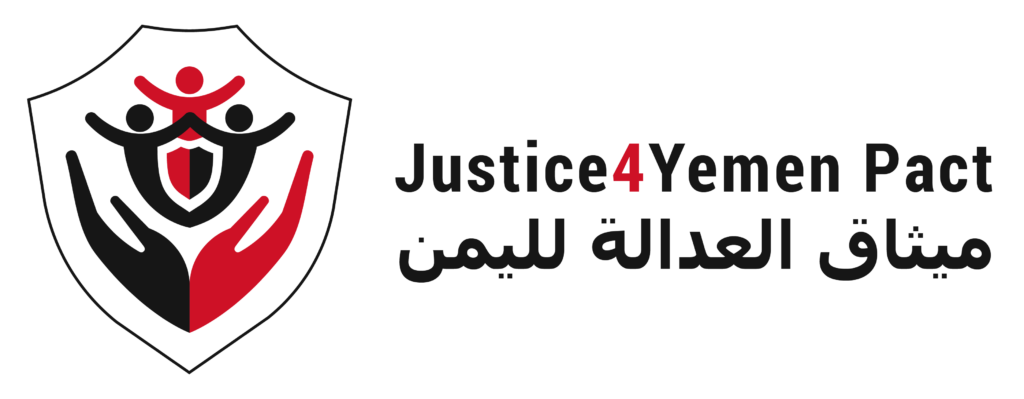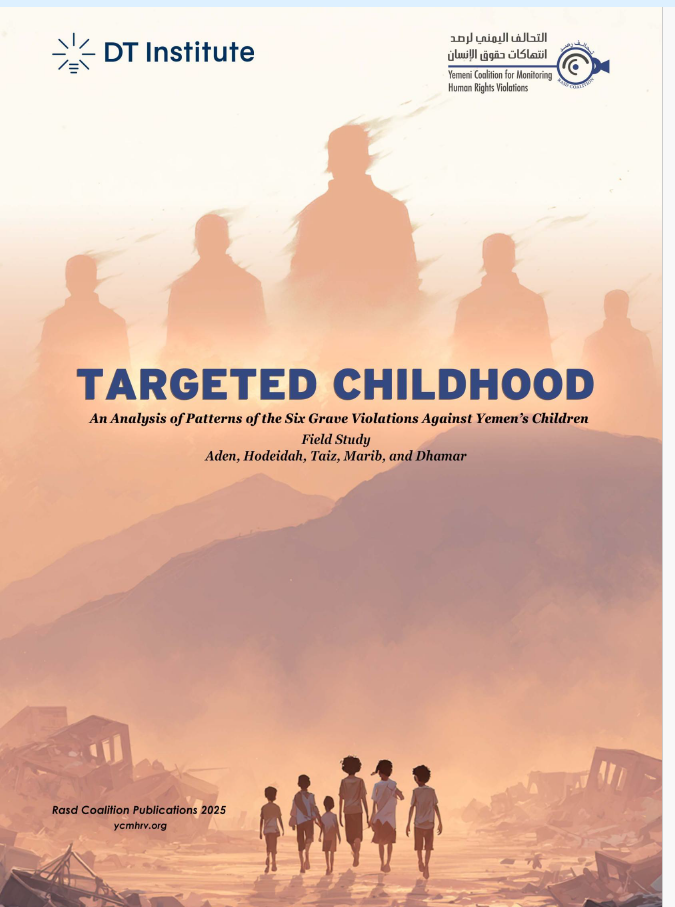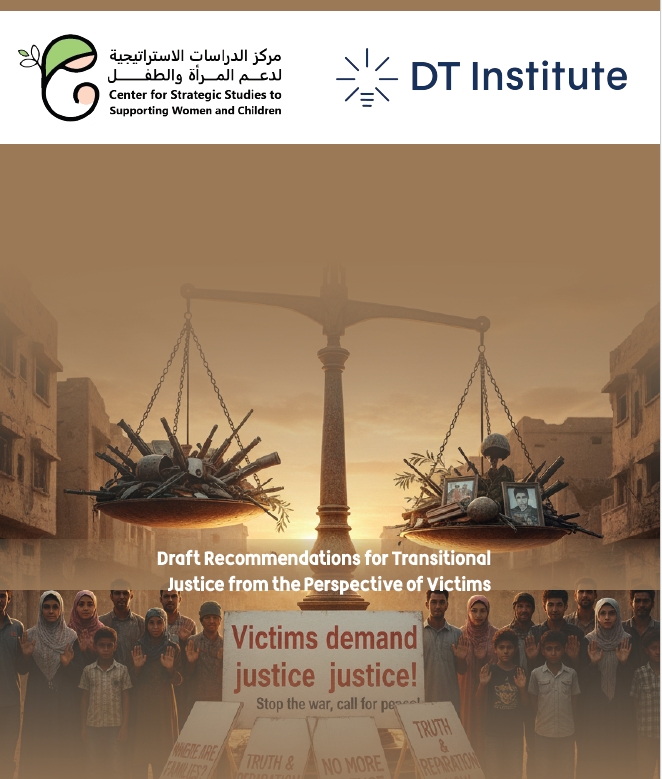| Incident: | An explosion and the death of 5 children. |
| Date: | July 11, 2025 |
| Location: | the Al-Arsoum area gathered in the Hashama sub-district, part of the At-Taiziyah district in Taiz Governorate |
| Type of Violation: | Media Disinformation |
On the morning of Friday, July 11, 2025, five children from the Al-Arsoum area gathered in Hashama sub-district, part of the At-Taiziyah district in Taiz Governorate. Their main concern was the start of the new school year and getting ready to return to their classrooms. As their conversation drifted across many subjects, time passed quickly. They soon had to prepare for Friday prayers and agreed to meet again that afternoon—but this time, just to play. Starting the next day, their time would no longer be fully their own; school would demand attention.
They kept their promise and reunited to play in the afternoon. Tragically, this would be the last activity of their young lives. In a country devastated by a decade of conflict, children wake up uncertain whether the day will begin with their school uniforms or end in funeral shrouds; whether their destination will be a classroom or a cemetery.
That evening was long and sorrowful for the residents of Al-Arsoum, overcome with shock and grief when the children’s mutilated bodies arrived at the nearest hospital. Two days later, hundreds gathered for the funeral processions. Their expressions reflected not only heartbreak, but also disbelief and indignation—disbelief at the casual handling of the tragedy and indignation over how the incident became a source of political blame-shifting rather than justice.

What Happened?
Al-Hashmah area, where the explosion took place, is under Houthi control. That evening, Houthi-affiliated Al-Masirah channel reported the deaths, claiming the children were killed by artillery shelling. The channel aired footage of their bodies arriving at Al-Rifai Hospital in Al-Hawban. Hours later, Houthi activists circulated videos online, seemingly filmed after the blast. The group blamed the “aggression”—a term it uses for the legitimate government—for the incident. However, no official Houthi statement has been released.
In contrast, the Taiz Axis military command categorically denied any military activity in the area that day, including gunfire or shelling. It placed full responsibility on the Houthi group, condemning the exploitation of the victims’ deaths for propaganda as a crime nearly as egregious as the original atrocity.
The Axis offered full transparency, inviting impartial investigative committees to inspect its positions and equipment. It also called on human rights organizations to document such violations and shed light on the Houthi group’s alleged tactics of exploiting children and civilian areas for military gain.
The Rasd Coalition (Yemeni Coalition for Monitoring Human Rights Violations) examined numerous news reports, publications, and videos surrounding the incident. With help from experts, it sought to establish preliminary conclusions. While many of the sources were clearly biased toward one side of the conflict, some neutral platforms supported the theory that the explosion was caused by an unexploded war remnant. Yet even these lacked sufficient evidence or clear sourcing. Thus, the Coalition has not reached a definitive conclusion—though the collected content remains crucial for analysis and documentation.
The Threat of Disinformation
The warring parties weaponized the children’s deaths for media advantage, igniting public anger over the perceived desecration of innocent blood. Political exploitation of the tragedy intensified tensions, while international organizations failed to respond appropriately.
UNICEF issued an inaccurate statement, calling the event a “missile attack from both sides,” disregarding medical testimony and local reports. The UN envoy’s limited response offered only condolences, without any call for accountability or investigation—undermining its role in documenting violations.
Disinformation amplified the damage. Houthi outlets promoted narratives supported by fabricated human rights organizations like the Eye of Humanity Center, aimed at swaying international opinion. Meanwhile, the legitimate government emphasized its civilian-protection stance, yet lacked conclusive evidence.
Who is responsible?
The Houthi group accuses the Arab coalition of being behind unexploded ordnance that has killed or injured hundreds of people, many of whom have suffered various disabilities. However, according to data from the Justice Charter for Yemen Coalition, the Houthi group “is responsible for approximately 72 percent of landmine explosions across Yemen, while the remaining percentage is distributed among unknown or outlawed groups.”
A report by the New York Times concluded that the Houthis planted most of the landmines and other buried explosive devices in Yemen, while a report issued by the Washington Institute addressed the massive scale of landmine use by the Houthis. According to several reports, it is difficult to locate these mines, especially anti-personnel, and anti-vehicle mines, due to their indiscriminate planting and lack of minefield maps.
The continued control of the Houthi group over many areas in Yemen also poses another challenge to demining efforts. Other challenges facing the demining operations in Yemen include the lack of minefield maps, the type of mines planted, and the lack of qualified local demining teams. Among the technical challenges is the government’s lack of modern equipment to detect these devices and explosives. Furthermore, the fact that floods sweep some mines from one area to another complicates locating them.
The situation presents grave humanitarian and legal dangers, including:
Endangering civilians: The Houthi group’s refusal to clear war remnants and allow independent investigations, alongside its suppression of free press.
Impunity: The absence of serious investigations and the mutual deflection of blame fosters a climate where perpetrators remain unpunished.
This incident is not isolated—it is part of a pattern of violence against civilians in Yemen. The systematic distortion of truth by both sides has converted tragedies into narrative battlegrounds. Global inaction deepens the suffering.
The Facts
On the evening of July 11, five boys—aged 11 to 14—were killed by the explosion of a warhead in a civilian area far from any active military zone. The victims were:
– Mubarak Yasser Al-Sharabi (14)
– Osama Abu Bakr Ali (12)
– Bashir Akram Al-Fadhli (12)
– Anas Jawad Saleh (14)
– Ahmed Ali Al-Otmi (12)
Both parties exchanged blame, but an independent investigation remains absent.
Houthi-affiliated media accused government forces of deliberate shelling, branding it a “massacre,” yet failed to present verifiable evidence.
Meanwhile, government officials—backed by local medical reports and testimonies—asserted the blast came from remnants of war left by Houthi forces.
The Yemeni Observatory for Mines, offering a neutral stance, said the children died from the explosion of a warhead that had likely been tampered with while playing. Even this account lacks thorough verification.
Conclusion
The five children of Al-Arsoum were not only victims of physical violence but also casualties of moral exploitation. Their deaths symbolize a dual tragedy: the brutal snatching of youthful life and the dehumanizing transformation of that loss into propaganda.
Justice will not be served by hollow condolences or vague statements. It demands action:
– Immediate formation of an independent international investigation committee with access to the scene.
– A thorough review of the performance of UN agencies in Yemen, particularly UNICEF.
– Legal measures to hold accountable those who left behind weapons and those who spread misleading information.
This event must not fade into the background. It is not merely a “tragic accident”—it is a wound to the collective conscience of humanity. And it will only begin to heal when truth is honored and justice is done.





